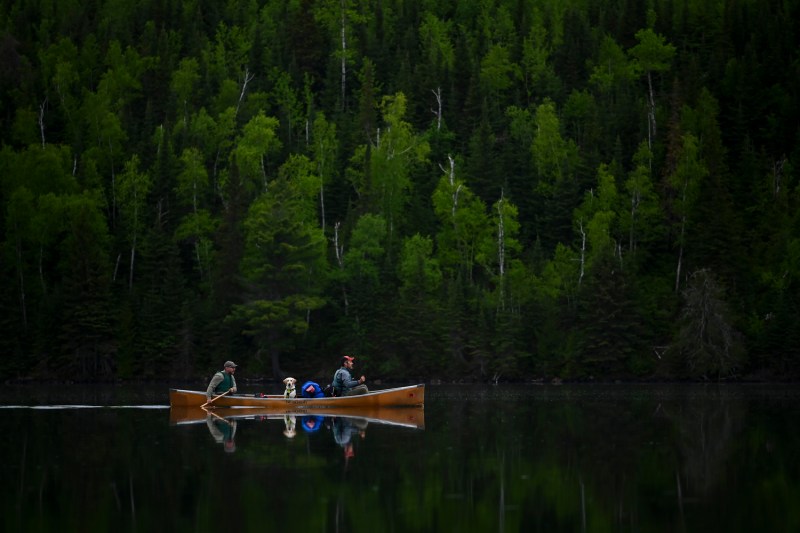
Officially known as the Boundary Waters Canoe Area Wilderness (BWCAW), this watery wonderland provides a spectacular backdrop to paddling adventures. Glaciers carved the dramatic features across northern Minnesota, leaving rocky cliffs, forest-covered islands and over a thousand lakes and streams. The “wilderness” part of the name is no joke.
Related Guides
These one million pristine acres are home to black bears, moose, wolves, coyotes, and countless other creatures great and small, with bald eagles soaring overhead. The size may seem daunting, but with a bit of planning you can have an extraordinary getaway, spending your days exploring sparkling coves, fishing for your dinner, and setting up camp by the waterside before the nightly spectacle of stargazing — and perhaps catching the greenish glow of the aurora borealis on the horizon.
The Lay of the Land
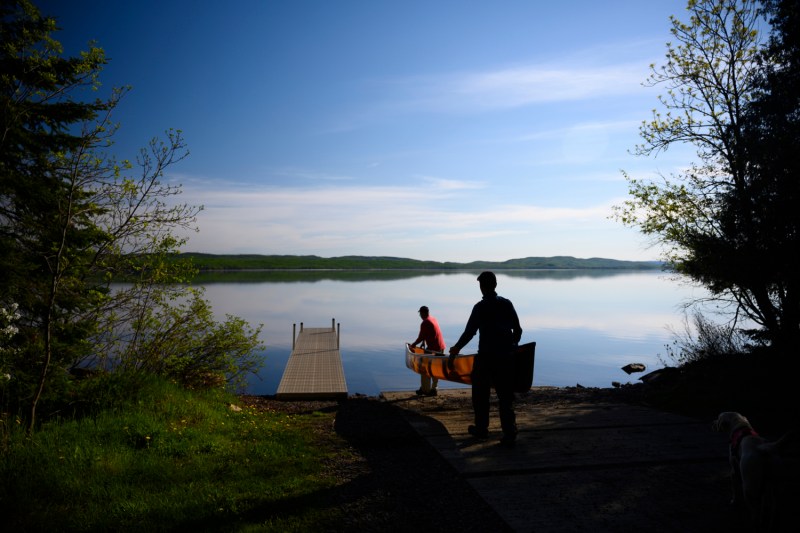
The great size of the Boundary Waters offers seemingly limitless possibilities. The reserve has over 1,200 miles of canoe routes and some 2,000 designated campsites, plus a dozen or so hiking trails for those more interested in terrestrial adventures.
When to Go
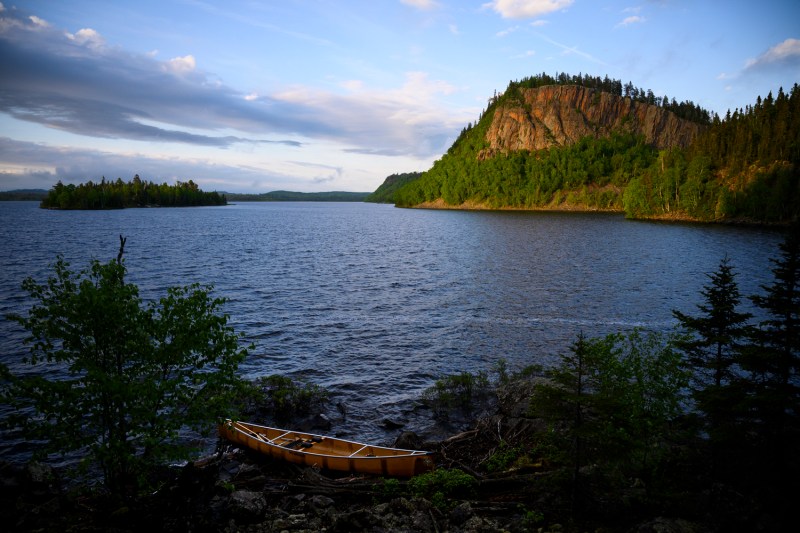
Early May to late October is the optimal time to travel in the Boundary Waters. At other times, canoeing isn’t really possible, as the lakes can be covered in ice (a few hearty souls, undeterred by the minus-30 night-time temperatures, come for wintertime camping, snowshoeing, and even dogsledding). Insects are always a challenge here, but the black flies can be especially bad from May through mid- to late-June.
A head net protecting your face and neck can be a godsend. Early in the summer, the water temperature is still quite chilly, though things get quite pleasant for swimming in July and August. The ever-present mosquito population dies down a bit by late August, and by early September you can often go without repellent. The cold arrives early this far north, and September brings fewer visitors. It’s also the best month to see changing leaves, and to hear bellowing moose during the mating season. From October until the ice arrives in November, the trees are bare, temperatures are brisk, and solitude is assured.
Permits and Licenses
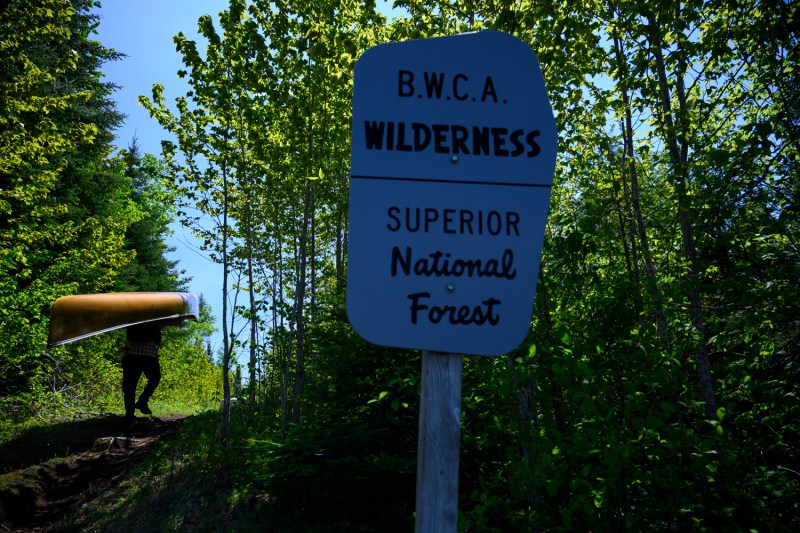
From May through September, all overnight visitors to the reserve are required to have a permit. Since a quota system limits the number of permits issued each day, it’s wise to reserve well in advance. One permit covers up to nine people and four watercraft and is valid for a specified date leaving from a certain departure point.
There’s really no limit to how long you can stay in the wilderness, though you’re only allowed to stay 14 consecutive nights on a specific campsite. Various permits are available, though for most visitors an Overnight Paddle Permit ($16 per person per trip), which is available online, is all they need. Outside of high season, there’s no quota system, so you can just rock up and get your permit the day you plan to enter the wilderness.
Keep in mind that you’ll also need a fishing license if you plan to cast for the delicacies of the lake, including walleye, smallmouth bass, lake trout, northern pike, and crappie. You can purchase these at bait shops in Ely.
Getting There
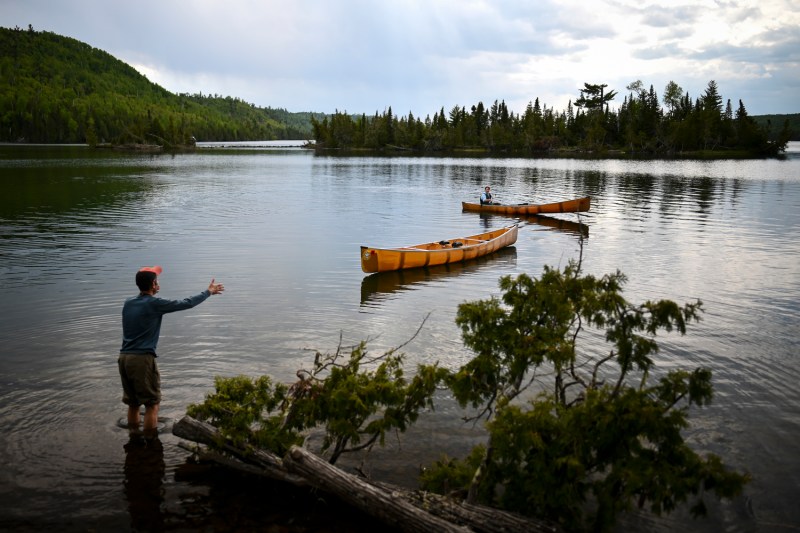
If you’re flying in, the nearest airport is in Duluth, Minnesota, about 105 miles south of Ely. Minneapolis is your next best option, which is about a four-hour drive (250 miles) from the Boundary Waters. If you don’t want to drive (or can’t find a rental car), some outfitters in Ely can provide transport to and from Duluth airport.
Outfitting Your Trip
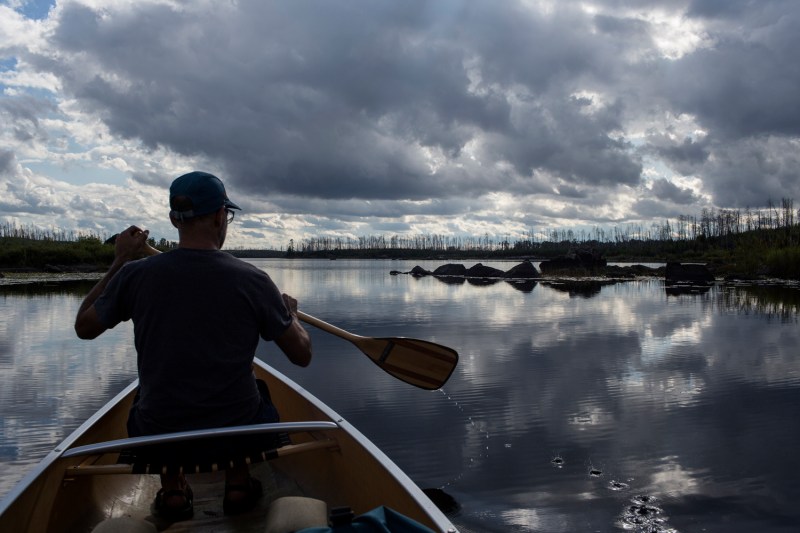
Ely, Minnesota, is one of the best places to procure supplies and hire a canoe for your trip. You’ll find over a dozen outfitters here, including top-notch names like Piragis Northwoods Company, which has been supplying and guiding canoe trips since 1979. You can hire ultra-lightweight kevlar canoes, portage packs, food packs, camping tents, sleeping bags, camping stoves, fishing tackle, and other essentials.
If you prefer to leave the planning to the experts, you can arrange for full outfitting — meaning you just have to show up (and indicate your meal preferences) and they’ll do the rest. Outfitters are also among the best sources of info on route planning, and can advise trips to best meet your needs — whether you want a challenging six-day excursion with difficult portages to more remote spots, or something easier, using one or two campsites as a base for daily paddling excursions.
Ely is also a great place to end your trip. After a few days in the wilderness, you can treat yourself to craft beer and satisfying pub grub at the Boathouse Brewpub & Restaurant. And perhaps tack on a night’s stay at the excellent Grand Ely Lodge Resort.
Traveling Smart
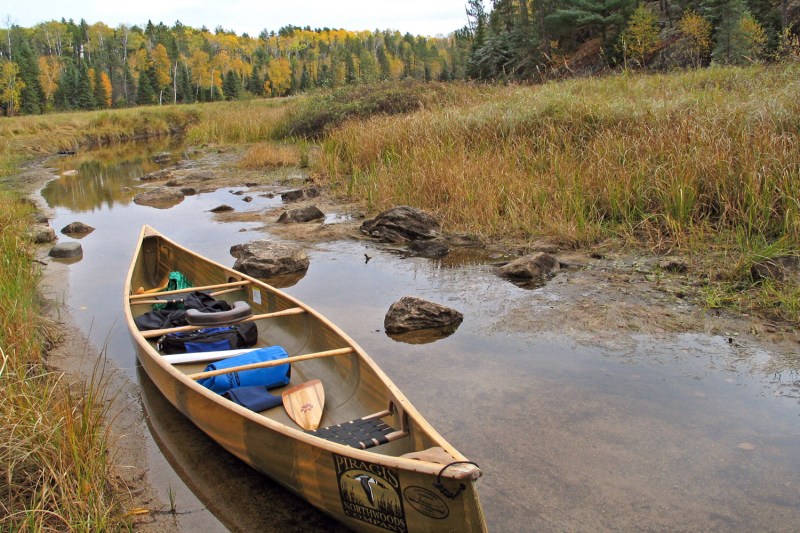
As with any trip into the wilderness, you need to be adequately prepared. Bring a good map, compass, rain gear, warm clothing, a multi-tool or Swiss Army knife, flashlight (with extra batteries) additional food, matches in a waterproof case, and a water purification system (the lightweight Sawyer brand is excellent).
Take along a whistle, survival blanket, and signal mirror just in case you get lost. You’ll also want a dry bag to store your gear, bug spray, and sunscreen — we recommend simply using zinc to avoid polluting these pristine waterways. The usual rules for wilderness travel apply here: pack out all waste you bring with you (make sure you bring sealable garbage bags for this), don’t cut tree branches for firewood, properly dispose of human waste (buried 200 feet from the nearest waterway), carefully store your food at night so that animals can’t rip through your provisions, etc.
Portaging
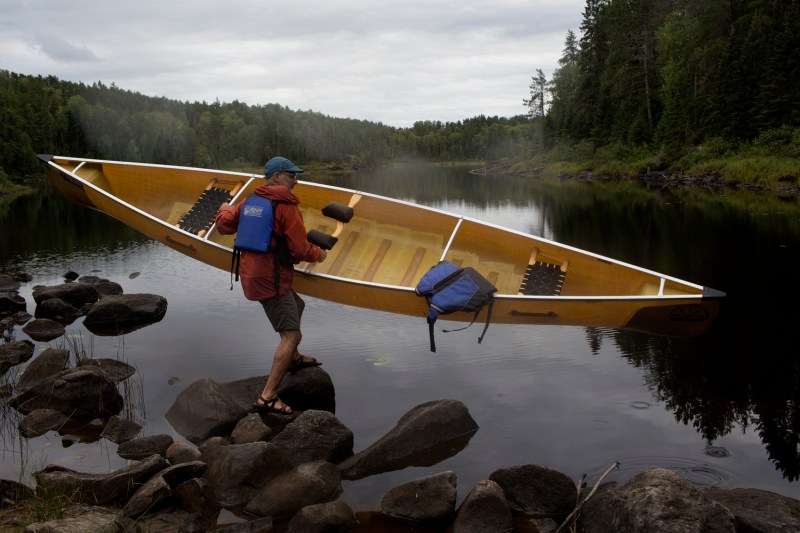
With all that in mind, you won’t have room for excess. You’ll be carrying (portaging) your canoe and all your gear between waterways; depending on the route you’ve chosen this could entail walking encumbered for a few hundred feet or well over a mile.
The basic rule is that if you can’t carry your canoe and all of your other gear in one go, then you’ve packed too much. With clothes, just take two sets of weather-appropriate gear, and have one pair of versatile shoes that work well in water and on land. When it comes to food, lightweight is better. In fact, no cans or glass bottles are allowed into the wilderness. Military-style MREs, and freeze-dried foods are best.
Camping
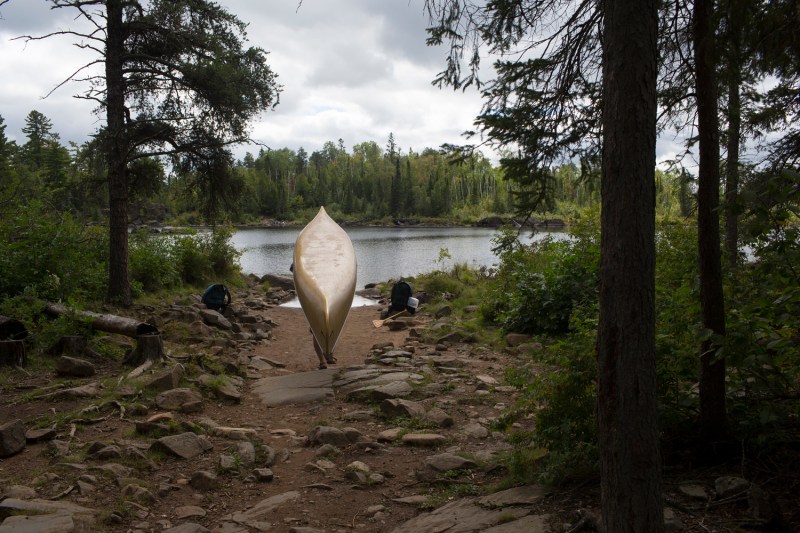
The campsites here leave little to be desired: Most are set by the water and offer a magical place to reconnect with nature. All have small fire grates and a simple latrine. During the busy season, look for campsites at least by mid-afternoon. You definitely don’t want to paddle in the dark trying to find a place to set up camp for the night.
Editors' Recommendations
- Our ultimate Bandon Dunes golf resort restaurant guide
- How well does your home state rank for adventure? Study reveals the best and worst states
- Hydration is vital for summer adventures: How to safely collect water on the trail
- Report: These are the best stargazing spots in the U.S.
- The northern lights: Why this should be your next destination vacation


